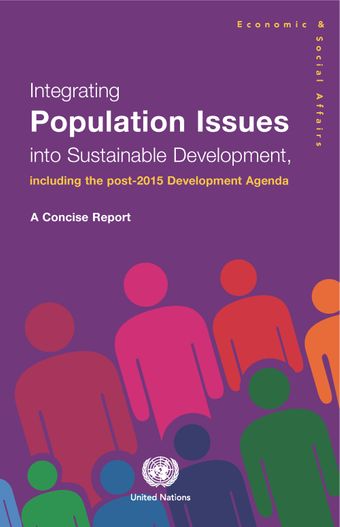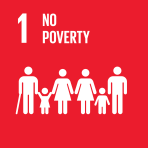- Home
- Books
- Integrating population issues into sustainable development, including in the post-2015 development agenda
- Chapter
Preparing for the next 2 billion newborns

- Author: United Nations
- Main Title: Integrating population issues into sustainable development, including in the post-2015 development agenda , pp 7-10
- Publication Date: February 2015
- DOI: https://doi.org/10.18356/db8b8b42-en
- Language: English
Between 2015 and 2030, the time frame for the post-2015 development agenda, projections indicate that 2.1 billion babies will be born worldwide, an increase of 2 per cent over the total number of births over the previous 15-year period (see table 2). Approximately half of these babies will be born in Asia and one third will be born in Africa. Whereas relatively fewer births are projected for Europe, Asia and Latin America and the Caribbean over the next 15 year period, compared with the past 15 years, relatively more births are projected in Africa, Oceania and North America. An increasing number of births poses particularly significant challenges for low-income countries, where the rates of poverty and malnutrition are already high, levels of education are low, health-care systems are weak and the rates of infant and child mortality are high. Increased coverage, utilization and quality of sexual and reproductive health-care services for women and adolescents, particularly for those who do not want to become pregnant, combined with effective antenatal, intrapartum and postnatal interventions could, by 2025, avert 71 per cent of neonatal deaths (1.9 million), 33 per cent of stillbirths (0.82 million) and 54 per cent of maternal deaths (0.16 million) per annum.
© United Nations
ISBN (PDF):
9789210574266
Book DOI:
https://doi.org/10.18356/8850f58b-en
Related Subject(s):
Population and Demography
Sustainable Development Goals:
-
From This Site
/content/books/9789210574266c004dcterms_title,dcterms_subject,pub_keyword-contentType:Journal -contentType:Contributor -contentType:Concept -contentType:Institution105
/content/books/9789210574266c004
dcterms_title,dcterms_subject,pub_keyword
-contentType:Journal -contentType:Contributor -contentType:Concept -contentType:Institution
10
5



